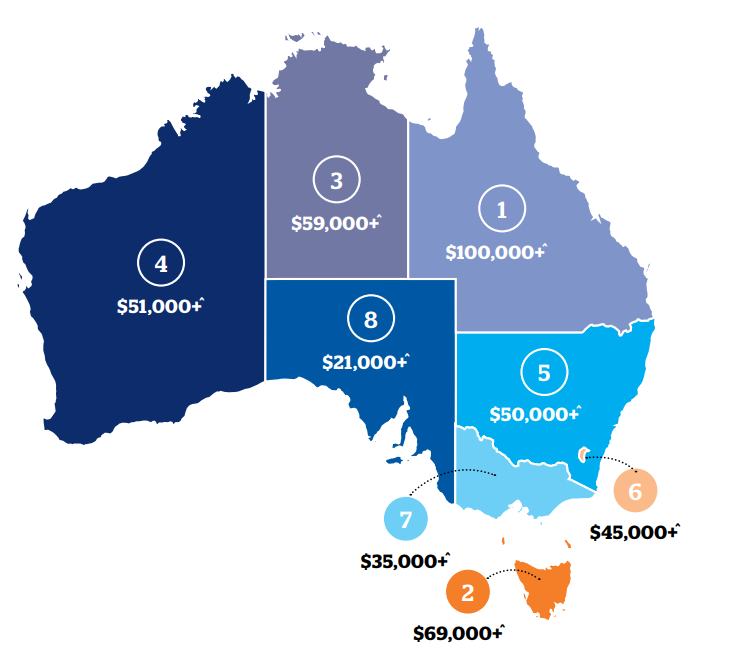
Australian schools have faced the impact of extreme weather events over the past decade, with 78% of all property insurance claims resulting from the ‘big three’ – storm, fire and floods, according to a new report.
The QBE report, released this week, delves into property claims data over the past 10 years, revealing insights into the challenges and mitigation efforts needed to safeguard Australia’s independent education sector.
According to the data, the year’s shortest month is also the most damaging, with February accounting for more than a quarter of all school property insurance claims. The costliest year across the report’s data was 2022, the third consecutive year in a rare ‘triple-dip’ La Niña and more than $40m in claims were paid to schools with QBE insurance.
The report includes state-by-state comparisons, showing that Queensland has the highest average claim amounts, followed by Tasmania and the Northern Territory, while New South Wales recorded the highest number of claims overall.

How principals can respond
Pat Priest, General Manager of Commercial at QBE Australia Pacific, said understanding risk mitigation strategies for extreme weather often varies depending on size of school and expertise of staff, however there are some key areas that principals and their staff can focus on to help mitigate the impacts of extreme weather.
“These include emergency preparedness planning, regular maintenance, considering building resilience and physical vulnerabilities, thinking through crisis communication strategies during emergencies and regular checking on school grounds following an extreme weather event to prevent further damage,” Priest told The Educator.
Priest said principals can best plan for potential extreme weather by firstly identifying the specific weather-related threats, such as floods, bushfires or cyclones.
“These are often based on geographic location and historical experience,” Priest said. “We recommend schools develop or review and update their emergency response plans for those identified weather-related threats.”
Priest said principals and their team should also review response plans annually and especially following any significant weather event to account for new risks or changes in the school environment.
“Finally, it’s important emergency plans are communicated widely to ensure knowledge and familiarity.”
Looking ahead, QBE is examining how it can support schools with their sustainability goals through ESG frameworks and advanced risk mitigation strategies.
“We are looking at how we can better support schools with their sustainability goals,” Priest said.
“This might include navigating emerging risks such as aging infrastructure and supporting with sustainable solutions that can be incorporated into their existing risk management solutions.”


